A COLLECTION OF THOUGHTS
Thoughts
&
Musings
6 Indicators You Need a Data Science Team
In our digital economy every organization generates a sizable amount of data. There is real value in understanding and acting on insights and solutions that lay within this data. To be successful at gathering insights from data an organization needs a team of experts with various skill sets to complement each other and work collectively towards a common objective of getting value from the organization's data.
All organizations are not equal. The volume and variety of data differs, therefore, each organization has its unique challenges. The types of challenges faced dictate the type of experts that you need to consider bringing on board.
How to Present Data and Findings
Modern business operations generate a variety of data from processes such as sales, customer relationships, human resource management, and product ordering. These multiple data sources are brought into a single repository. Often data analyst create reports for decision makers to aid in decision making and organizational planning.
Business intelligence (BI) tools are used to identify insights from data repositories. These BI tools connect to different data sources and enable data analysts to equip decision makers with relevant insights from the data. BI tools offer features that are useful for reporting, querying data, online analytical processing (OLAP), and data mining. In this article we will discuss each BI activity and how they are supported in Tableau, QlikView, and Excel. Lastly, we will look at how PowerPoint can be used to prepare presentations to effectively communicate findings.
How to Analyze Data
After your team and data analyst have finished setting your objectives and gathering data you need to analyze your data to meet your objectives. When analyzing data you can use descriptive, visual, inferential, or modeling techniques. In this article we discuss various data analysis techniques and tools to use in analyzing your data.
Summarizing Data Using Descriptive Statistics
Descriptive statistics help you summarize and understand your data. There are different techniques for summarizing your data depending on if your data is categorical or continuous. Categorical data refers to observations that fall into distinct categories for example male or female. Continuous data refers to observations that do not have any distinct categories such as weight.



